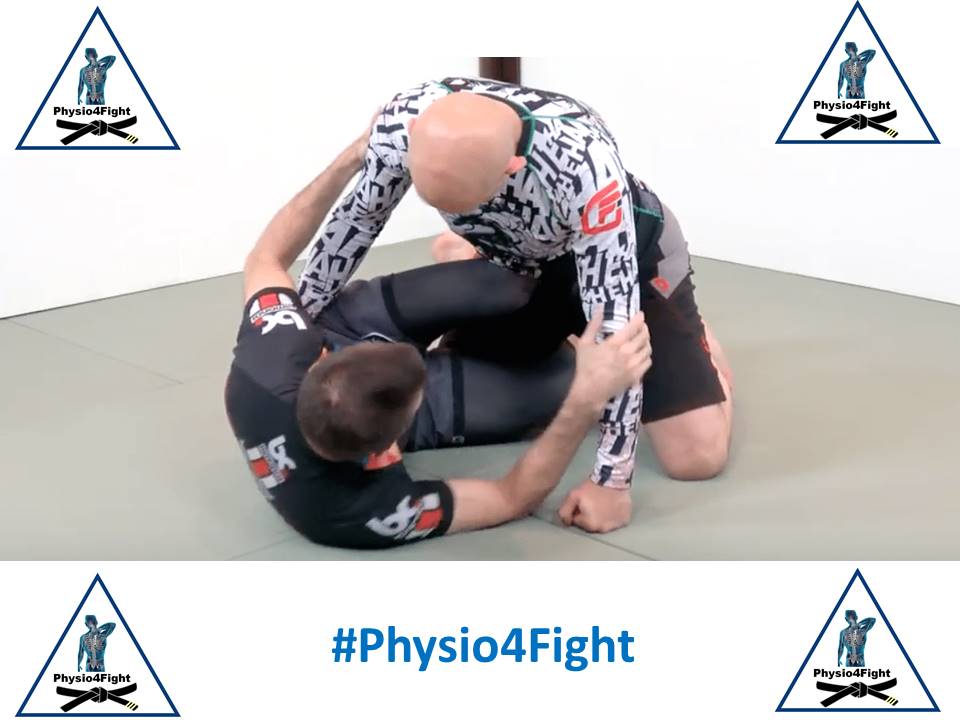
Find us on Facebook and leave your like.
Hip pain has many causes that could be related from specific conditions (bursitis, tendinopathies, osteoarthritis,etc) to reduced mobility , direct trauma, overuse and reduced motor control. As we know these days, pain is now always caused by trauma or imaging findings.
One of these conditions is called FAI. Femoroacetabular impingement (FAI) (also called hip impingement) is a motion-related clinical disorder of the hip involving premature contact between the acetabulum and the proximal femur and which results in particular symptoms, clinical signs and imaging findings.
As with many conditions and based on a modern physiotherapy approach, we should correlate lifestyle, symptoms and its effects with pain levels and clinical findings. Imaging findings alone are not the reason for musculoskeletal pain.
It is not known how many people have FAI. Often, many people may live long, active lives with FAI and never have problems. Degenerative changes and osteoarthritis may/ may not develop in the long-term as a result of this abnormal contact. Once again, many people may live long and actives lives with osteoarthritis and never have problems.
In FAI, bone overgrowth — called bone spurs — develop around the femoral head and/or along the acetabulum. This extra bone causes abnormal contact between the hip bones, and prevents them from moving smoothly during activity. Over time, this can result affect the labrum and the articular cartilage.
What does a hip impingement feel like? Hip or groin pain related to certain movements or positions (sitting during long hours, sitting on a low chair, playing guard (BJJ, picture above)), stiffness in the groin, pain in the front of the thigh or down the buttocks, popping or clicking in the front of the hip as you move, and some loss of your hip’s mobility.
Differential diagnosis and red flags: Acute hip pain due to tumour, infection, septic arthritis, osteomyelitis, fracture and avascular necrosis are red flag conditions (see what red flags are here) that should be ruled out. In athletes, other causes of hip pain include inguinal pathology, adductor pathology and athletic pubalgia.
Treatment of hip impingement/femoroacetabular impingement begins with conservative, non-surgical methods. Rest, activity modifications, careful use of anti-inflammatory medications, and a physiotherapy are often successful in alleviating symptoms. Some authors suggest that improving neuromuscular function of the hip should be a goal of conservative protocols for FAI syndrome due to weakness of deep hip musculature and an expected subsequent reduction in dynamic stability of the hip joint. A good physiotherapist definitely can help you.
Surgery is normally the last resource and arthroscopy is the most common surgical procedure for FAI discussed in the literature.
If you liked this article, please, share on Facebook and invite your friends to like our Facebook page here. Your support is much appreciated
That’s it for today, folks. Leave your comments below and see you next time.
#Physio4Fight